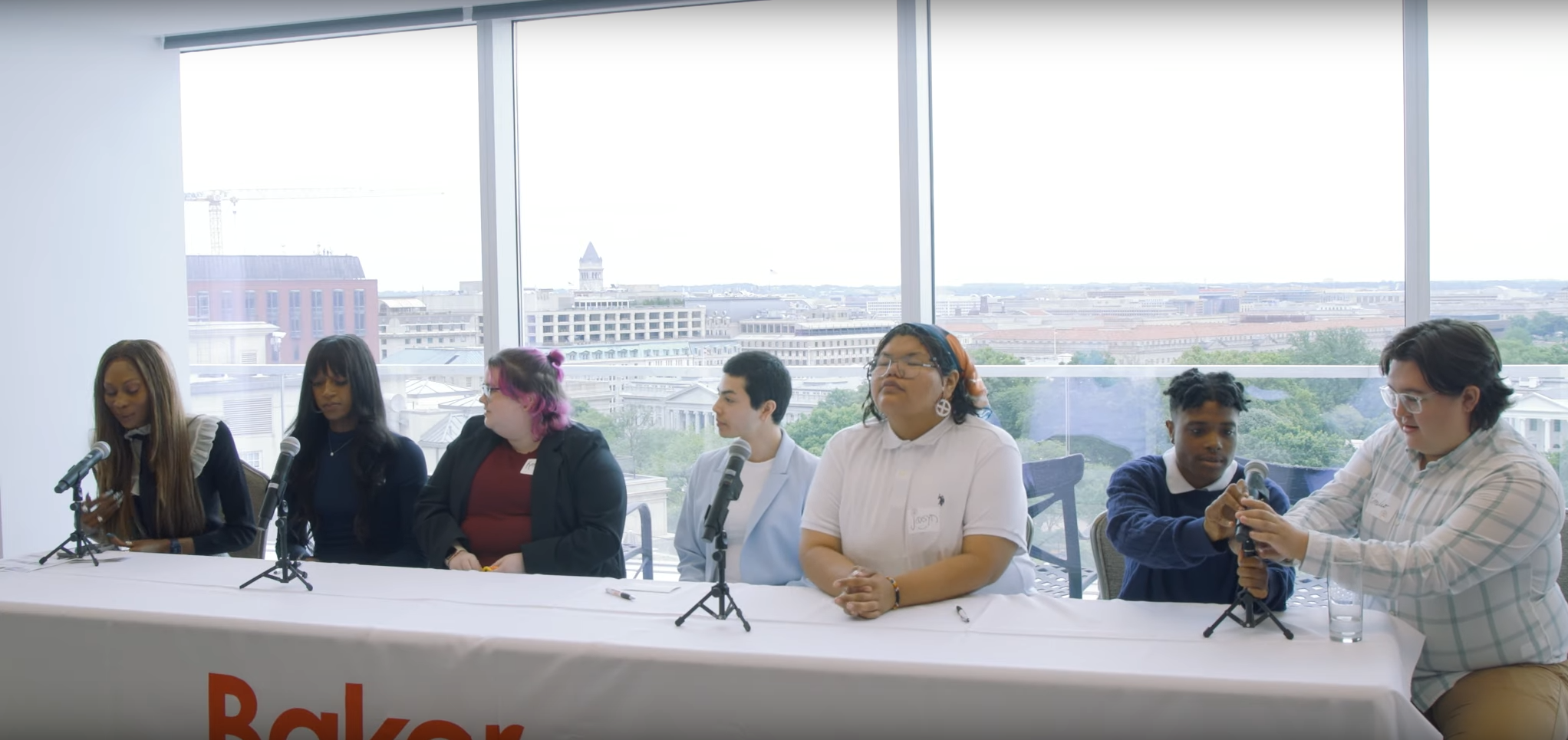WHAT IS SAFE HAVENS?
In 2017, the groundbreaking report Safe Havens: Closing the Gap Between Recommended Practice and Reality for Transgender and Gender-Expansive Youth in Out-of-Home Care, captured for the first time whether federal and state law and policy protected trans and gender-expansive youth in out-of-home systems, shared system improvement recommendations from youth with system experience, and profiled providers who were implementing supportive and affirming practices in line with professional standards. Safe Havens II updates those findings with a new call to action from TNGD youth contributors.
WHY AN UPDATE NOW?
Since Safe Havens I, there have been significant changes –both positive and negative – to policy governing placements and access to affirming supports for transgender and nonbinary youth. Specifically, the Trump Administration attempted to eliminate many protections for trans and nonbinary youth in out-of-home placement and states have passed an unprecedented number of harmful laws targeting TNGD youth. Simultaneously, many child welfare and juvenile legal systems have added laws or policies to support TNGD youth and more TNGD youth are involved in efforts to promote system improvement and prevent system involvement. To best support TNGD youth, policymakers, system administrators, and advocates, it’s important to understand the range of existing policy, and opportunities for ways to provide protections and supports.
WHO CONTRIBUTED TO SAFE HAVENS II?
Elliott Hinkle, a trans masculine nonbinary person with experience in Wyoming’s child welfare system and founder and principal of Unicorn Solutions, co-authored this update with Alex Citrin and Alex Coccia from the Center for the Study of Social Policy, Daniele Gerard and Meredith Giovanelli from Children’s Rights, and Currey Cook, Sruti Swaminathan, and Maia Zelkind from Lambda Legal. To inform the report, Elliott conducted a series of interviews with seven young adult contributors – Emilio, Gina, Jaxsyn, Kayden, Shawn, Paris, and Tyler — with lived experience in child welfare, juvenile legal, and youth homelessness systems who share their experiences and recommendations for system improvement.





